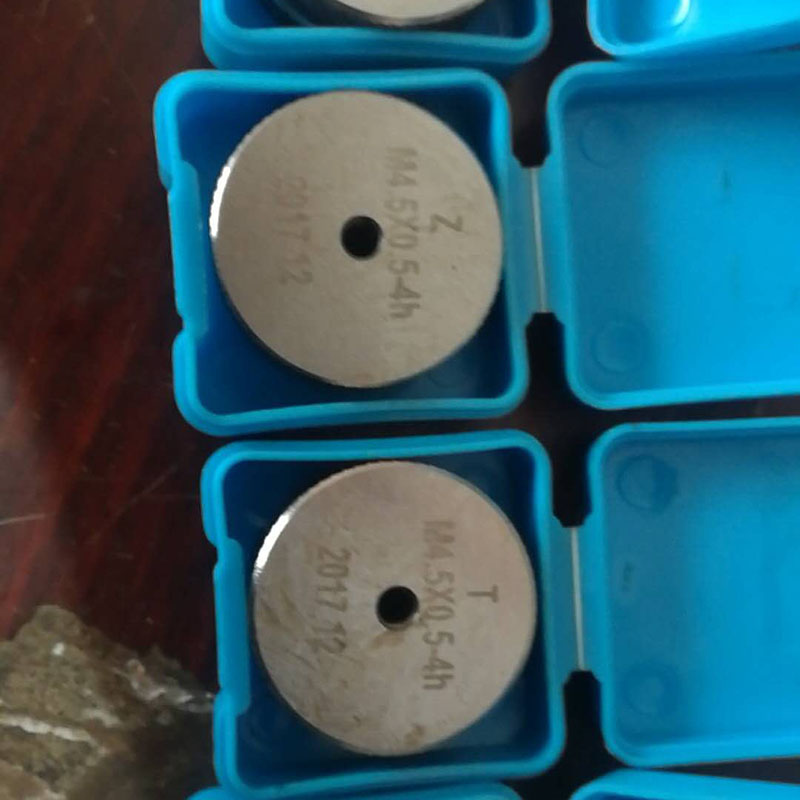Nov . 25, 2024 17:40 Back to list
Understanding the Functionality of Tilting Check Valves in Fluid Systems
Understanding Tilting Check Valves Functionality and Applications
Tilting check valves are essential components in various piping systems, designed to prevent backflow while allowing unidirectional flow of liquids and gases. These valves operate based on gravity and the design of their internal structure, typically featuring a tilting disc that swings on a hinge. This article delves into the functionality, advantages, and applications of tilting check valves.
Functionality
The fundamental working principle of a tilting check valve revolves around its disc, which tilts to either open or close the flow path
. When the fluid flows in the intended direction, the pressure forces the disc to lift, allowing the medium to pass through. However, if there is any backflow or reverse pressure, the disc tilts back and seals against the seat, effectively blocking the flow and preventing potential damage to the system.This design is efficient as it minimizes pressure drop, a crucial factor in many industrial applications. The tilting motion of the disc requires less energy compared to other types of check valves, making it an energy-efficient option for various fluid handling systems.
Advantages
One of the primary advantages of tilting check valves is their ability to handle a wide range of flow rates and pressures. They can operate effectively in both low and high-pressure applications, making them highly versatile. Furthermore, the simple design of tilting check valves means they usually require less maintenance than more complex valve systems.
tilting check valve

Tilting check valves are also known for their durability. Made from robust materials such as stainless steel, brass, or PVC, they can withstand harsh operating environments, including exposure to corrosive substances. This durability extends the lifespan of the valve, resulting in lower replacement costs and reduced downtime for maintenance.
Another significant advantage is their compact size. Tilting check valves are typically designed to take up less space compared to traditional check valves, allowing for easier installation in confined areas. Their lightweight structure further facilitates handling and installation in various settings.
Applications
Tilting check valves find extensive use across multiple industries, including but not limited to water and wastewater, oil and gas, chemical processing, and HVAC applications. In water supply systems, they prevent backflow, ensuring clean water remains free from contamination. In the oil and gas industry, they protect equipment from potential damage caused by backpressure in pipelines.
In chemical processing, tilting check valves ensure the safe transportation of various chemicals, while in HVAC systems, they help maintain the efficiency of heating and cooling systems by preventing reverse flow in piping networks.
In conclusion, tilting check valves are invaluable components in modern piping systems, contributing to the efficiency and safety of fluid handling processes. Their unique design, coupled with numerous advantages, makes them increasingly popular in a variety of industrial applications. Understanding their functionality and benefits is crucial for engineers and technicians when designing and maintaining effective fluid system solutions.
-
Thread Plug Gauge Our Promise of Measurement ExcellenceNewsAug.22,2025
-
Gauge Pin Class Reflecting Quality LegacyNewsAug.22,2025
-
Check Valve Types for High Rise BuildingsNewsAug.22,2025
-
Water Control Valve for Irrigation SystemsNewsAug.22,2025
-
Gate Valve with Soft Seal TechnologyNewsAug.22,2025
-
Y Type Strainer for Oil and Gas ApplicationsNewsAug.22,2025
Related PRODUCTS









